Introducing Jiangsu and Zhejiang Cuisine in the next few paragraphs. Their taste is pretty similar to Fujian Cuisine; all followed the tradition of preserving the original taste of the food. But there are still some differences.
Jiangsu Cuisine
Historical Facts:
It began in the Northern and Southern Dynasties. During the Tang and Song Dynasties, economic development promoted the prosperity of the catering industry, and Jiangsu cuisine became one of the two pillars of “Southern Food” (As of today, Beijing is located upper Northeast of China and Jiangsu is down in the South. So it is part of the “Southern Food”). During the Ming and Qing Dynasties, Jiangsu cuisine developed more rapidly along the canal in the north and south and the Yangtze River* in the east and west. The geographical advantages of the coast have expanded the influence of Jiangsu cuisine at home and abroad.
*Yangtze River running through Jiangsu 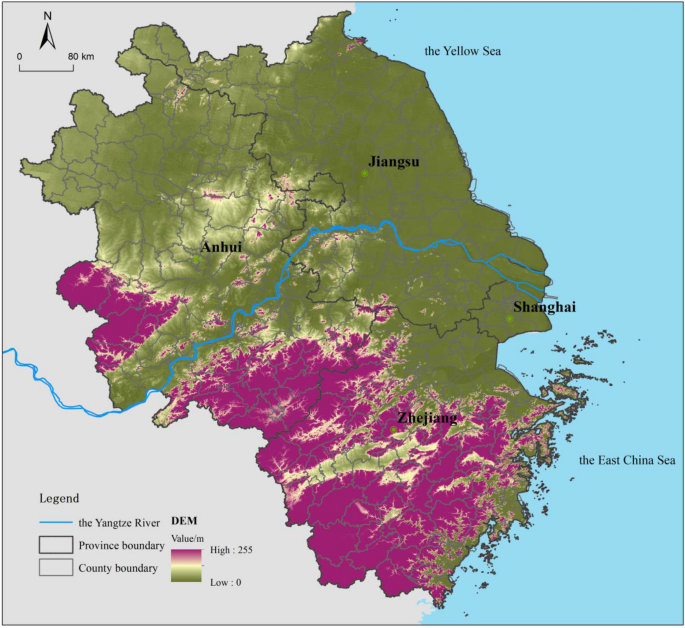
Special Features:
Because the Yangtze River is running through Jiangsu, Jiangsu became a land of plenty, with abundant products and dietary resources. The famous aquatic products include the three delicacies of the Yangtze River (Shad*, Coilia nasus*, and pufferfish*), Taihu whitebait, Yangcheng Lake clear water hairy crabs, Nanjing Longchi crucian carp, and many other seafood.

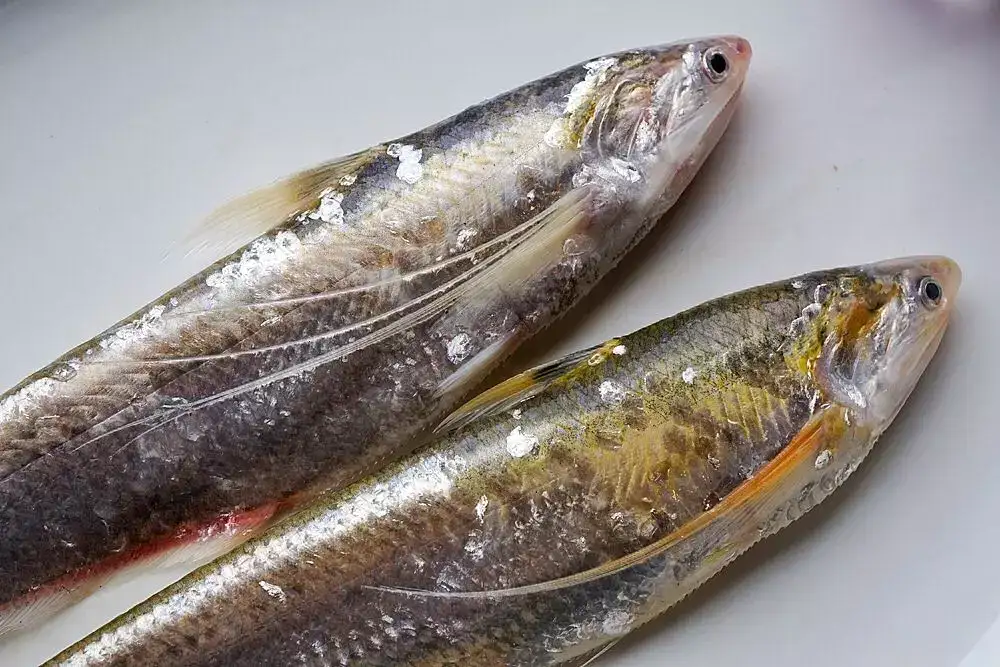
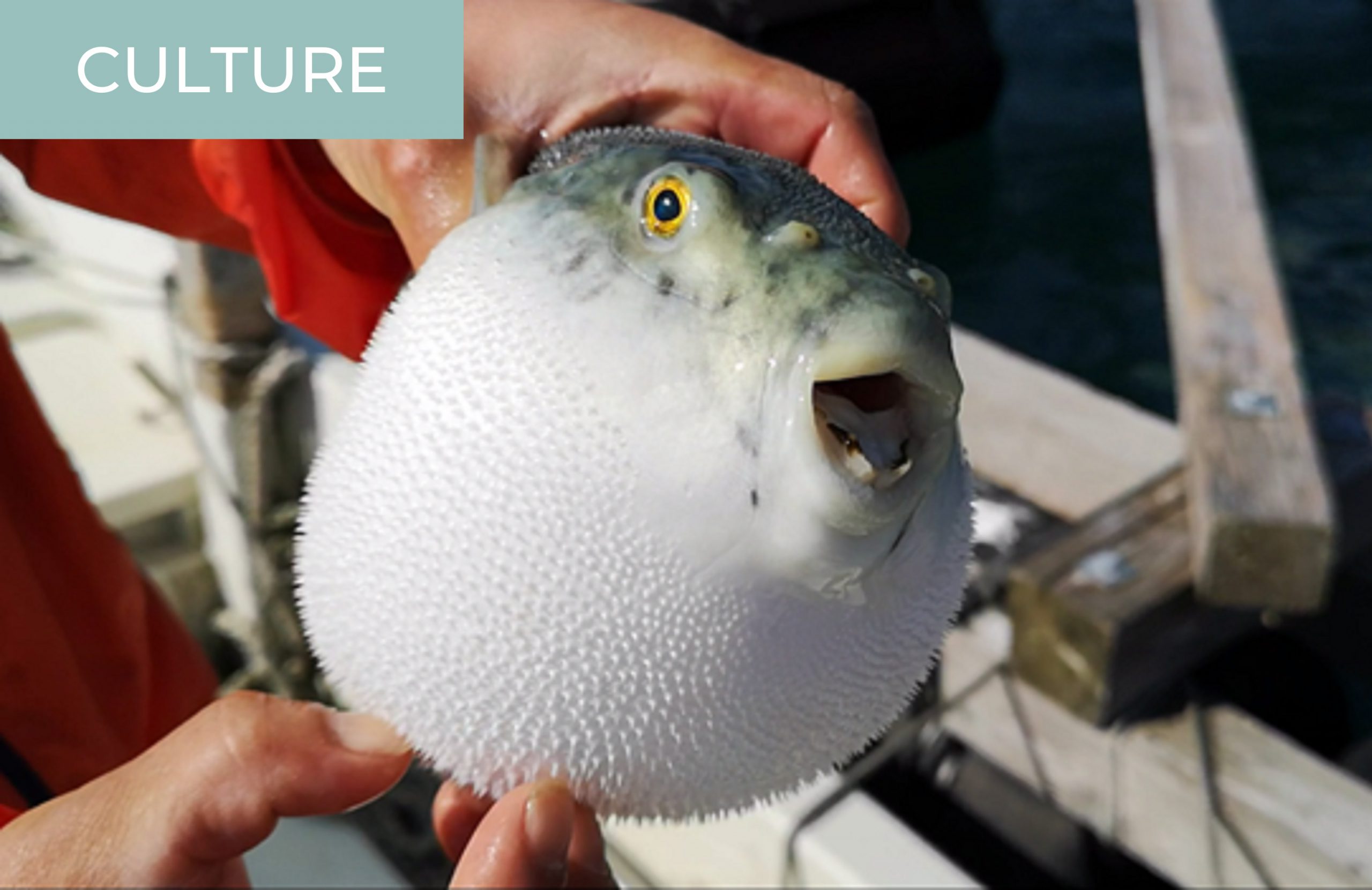
They have the freshest aquatic products, and houses are also on top of the water. Look something like this: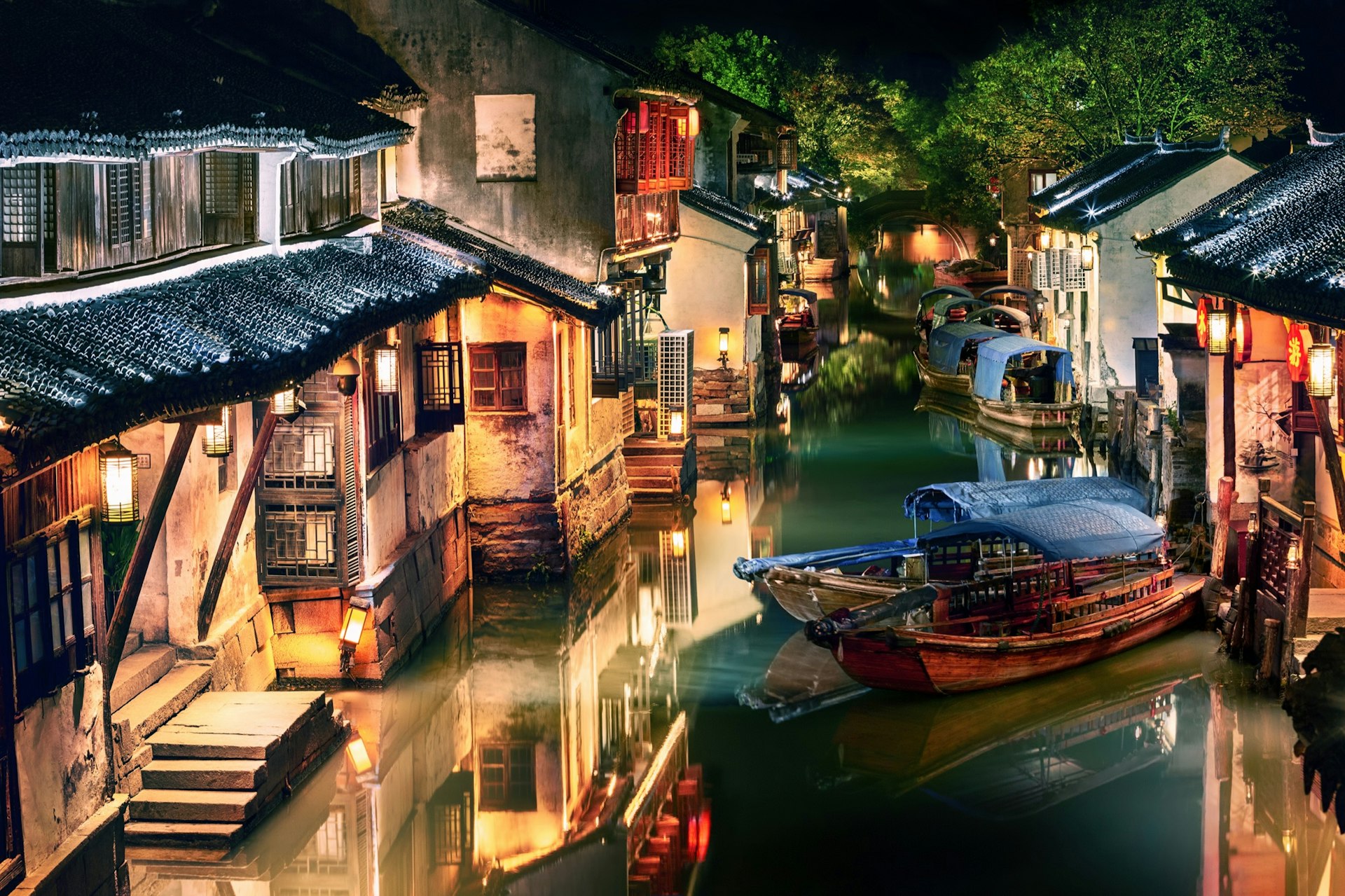
Most people called Jiangsu as the Land of Water
I remember the last time I went to Jiangsu, it was during the rainy season. The view was magnificent. It is like a scene for Romeo and Juliet in a Chinese tradition. If you ever travel to China, you have to go to Jiangsu, Zhejiang, and other Jiangnan areas. They have some of the most unique charm in scenery. Here are some pictures I took:



Because Jiangsu has such a beautiful view, their food dishes are also served delicately like artworks. Their cuisine is mostly umami, natural, mild, and lightly sweet with rich original flavors of food materials. Some notable dishes are:
- Squirrel Fish
- Beggar’s Chicken
- Lion’s Head
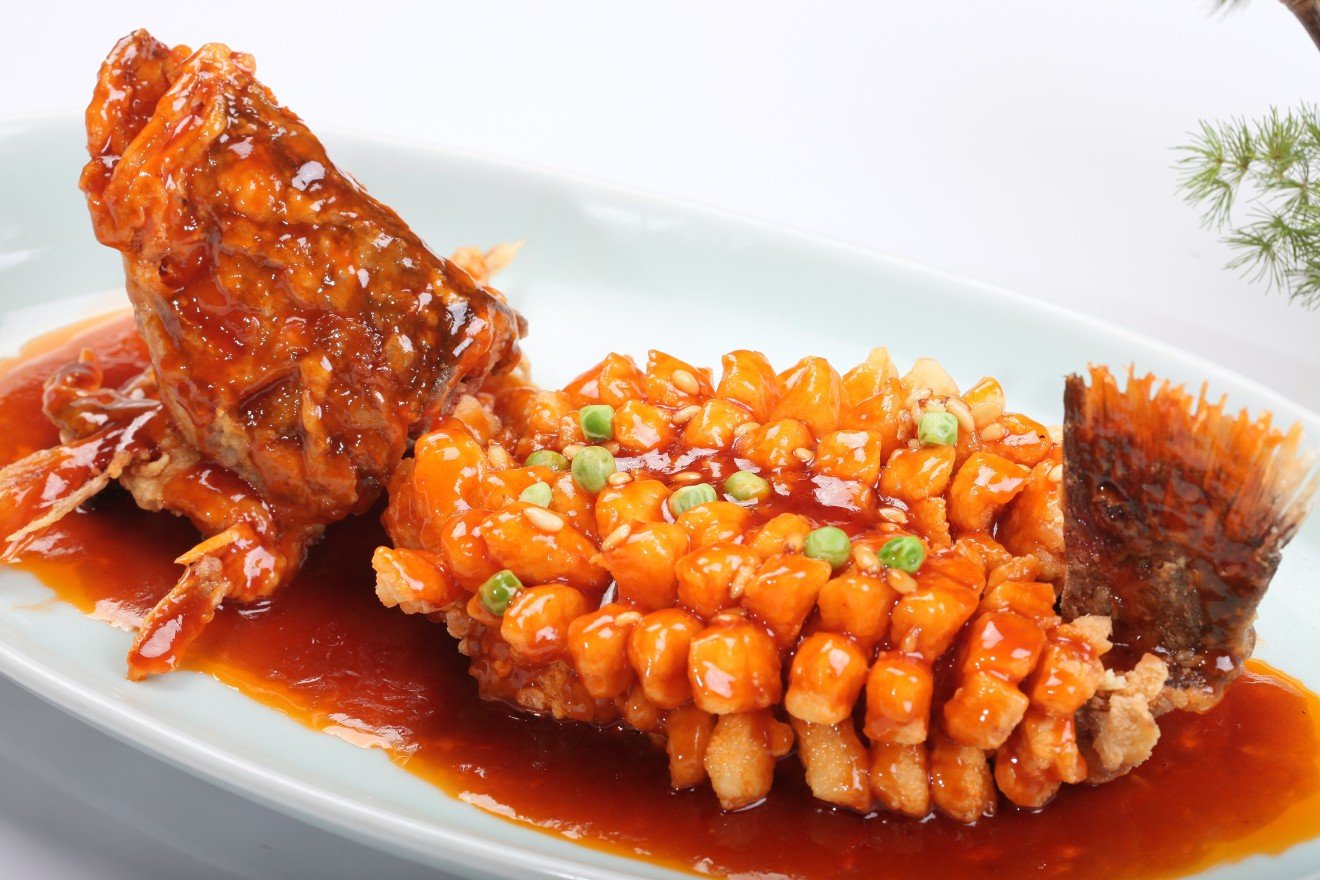
/cdn.vox-cdn.com/uploads/chorus_asset/file/19174736/beggarschicken8.jpg.jpg)

Zhejiang Cuisine
Because Jiangsu and Zhejiang are in the same geographical region (Jiangnan region), their dishes and tastes are pretty similar too. But they mainly focus on light, freshness, and the original flavor of ingredients.
Historical Facts:
Up to the late Spring and Autumn periods (770 – 476 BC), Zhejiang cuisine has formed and many dishes have been invented. After the Northern and Southern Dynasties, Jiangnan was free from war for hundreds of years. Economic development and trade exchanges all provided a huge impetus to the development and rise of the culinary industry, which led to the rapid development of cooking techniques such as palace dishes and folk diets at that time. It was during the Ming (1368 – 1644 AD) and Qing (1644 – 1911 AD) dynasties, that the unique style of Zhejiang cuisine has fully matured and established.
Special Features:
Famous chefs in Zhejiang are unique in cooking seafood and river delicacies, which adapt to the eating habits of Jiangnan people who like to eat light and fresh food. The fish is freshly killed, cooked in boiling water, and soft and tender. It does not add any oily smell, is smooth and delicious, and is praised by many.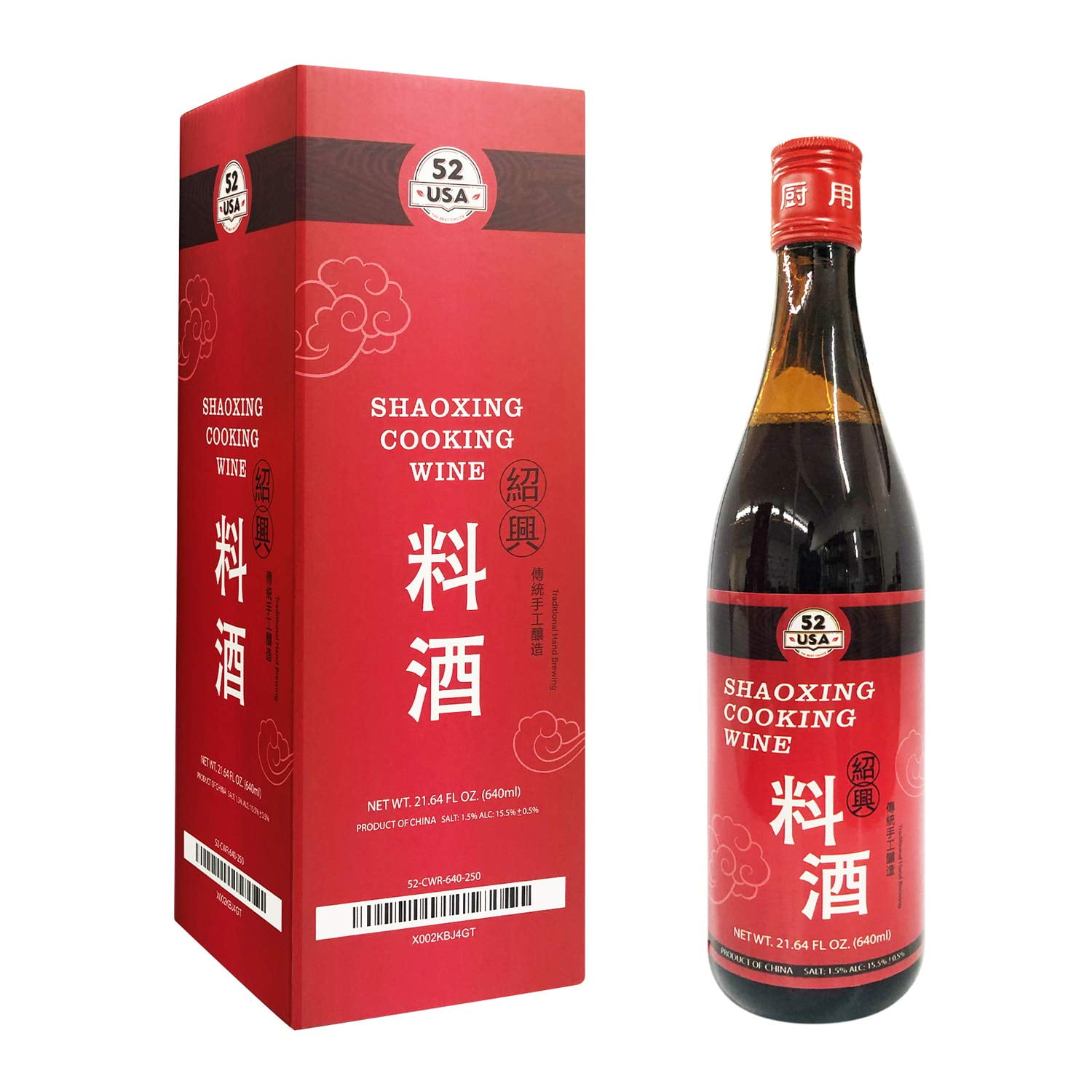
The taste pays attention to freshness, crispness, and tenderness, and maintains the true color and taste of the raw materials. Use condiments such as onions, ginger, garlic, Shaoxing wine*, vinegar, etc. to achieve the effects of removing the fishy smell, mutton, and increasing aroma, driving away the bad smell of the raw materials.
Some Notable Dishes:
- Dongpo Pork
- Drunken Chicken
- Longjing Prawns
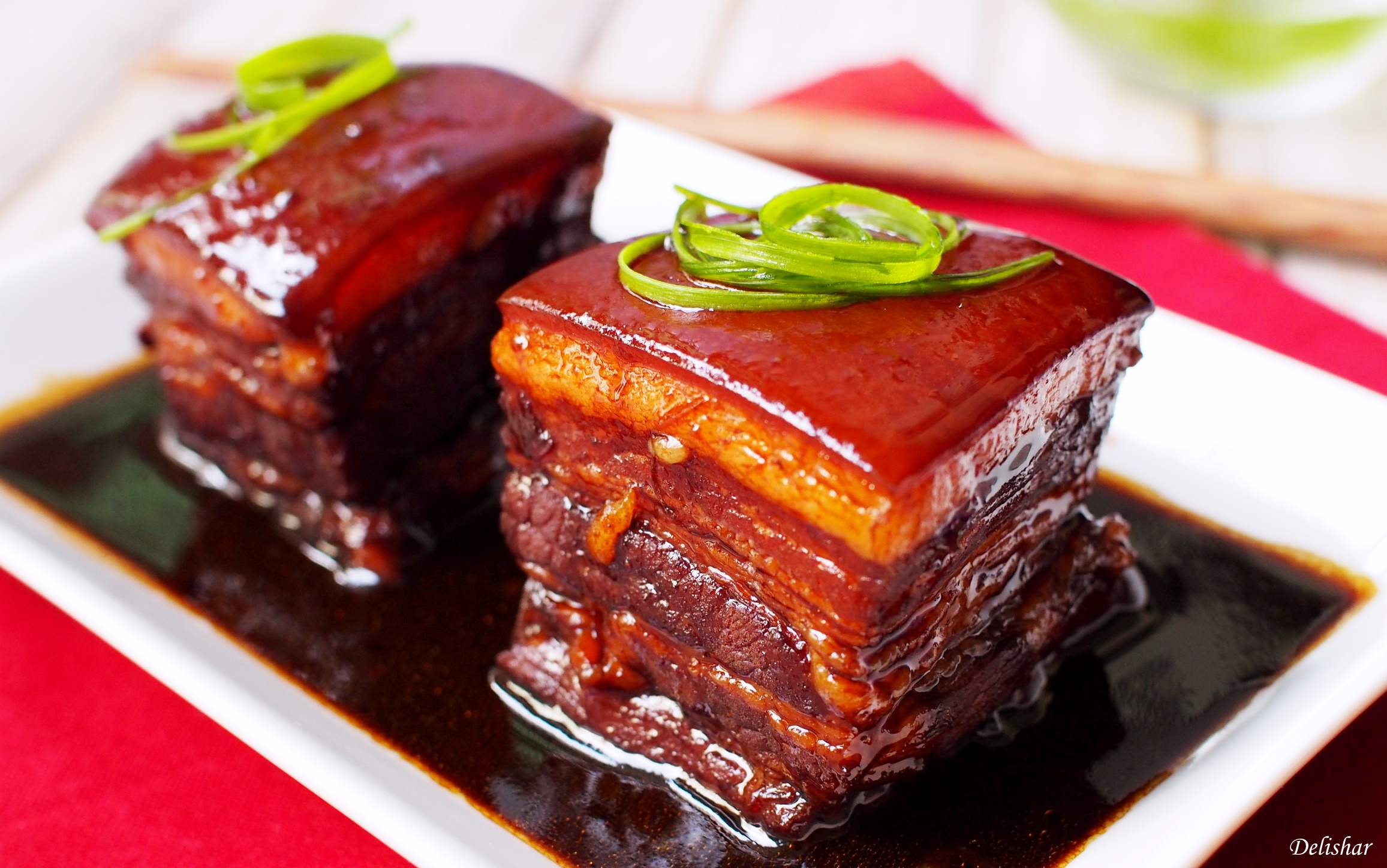




Including notable dishes really helps me visualize the dishes and how different these culinary dishes are. These examples allow readers only to see what these dishes look like but give them a reference to see if they, too, have had them. Just like in “How to Write with Flair,” including your audience in your writing is a key point in writing a good text. What if you added recipes or a link to the recipe in your posts so people could see if they too would want to cook these dishes.
It seems as though China generally puts more care and effort into the presentation of a dish than America does. Not only do the dishes look delicious, but they look like care was put into their preparation too. I love seafood and would love to try this cuisine. Thank you for sharing!
Hi! I love the visual representations that you include for each dish, it really helps me get a better understanding of culinary importance in different regions of China. They clearly care about presentation as well, more so that restaurants I have eaten at both in Panama and the United States. Even the street food is regarded as artistic, which I think is very interesting. What region that you have traveled to had the best food?